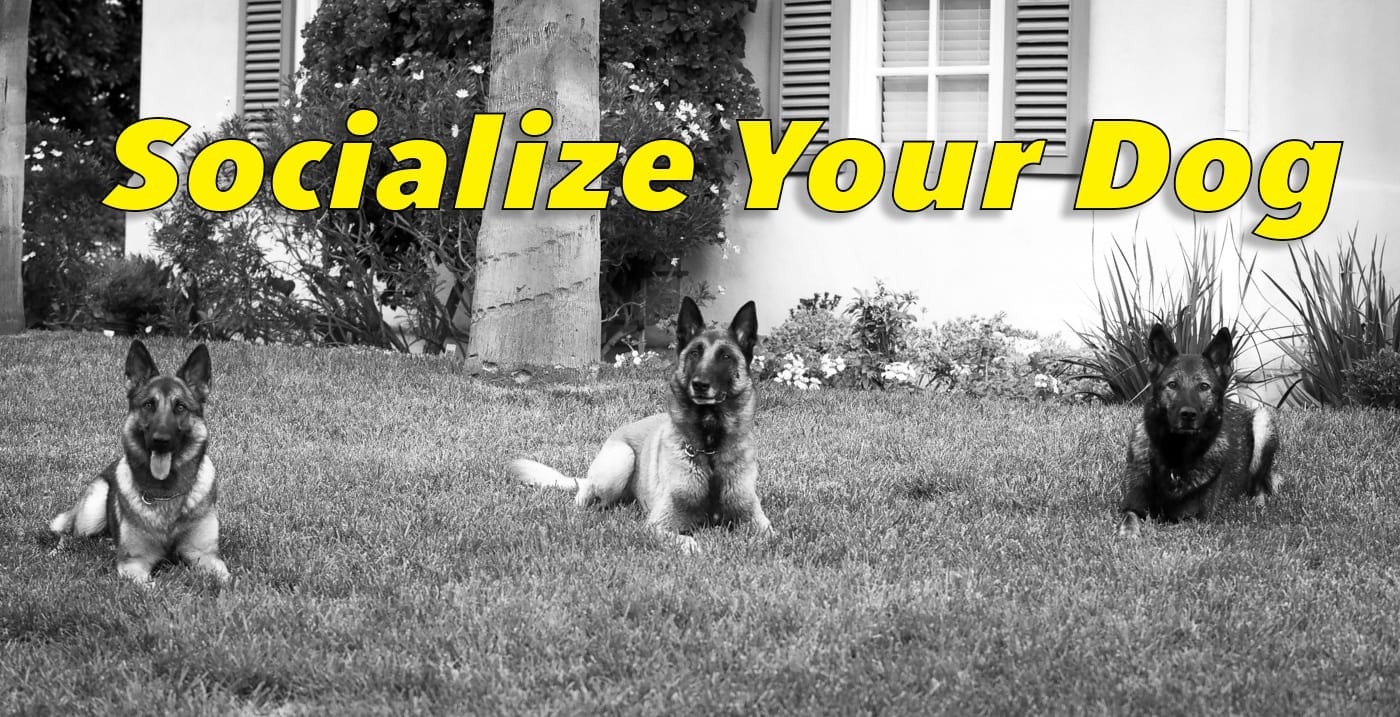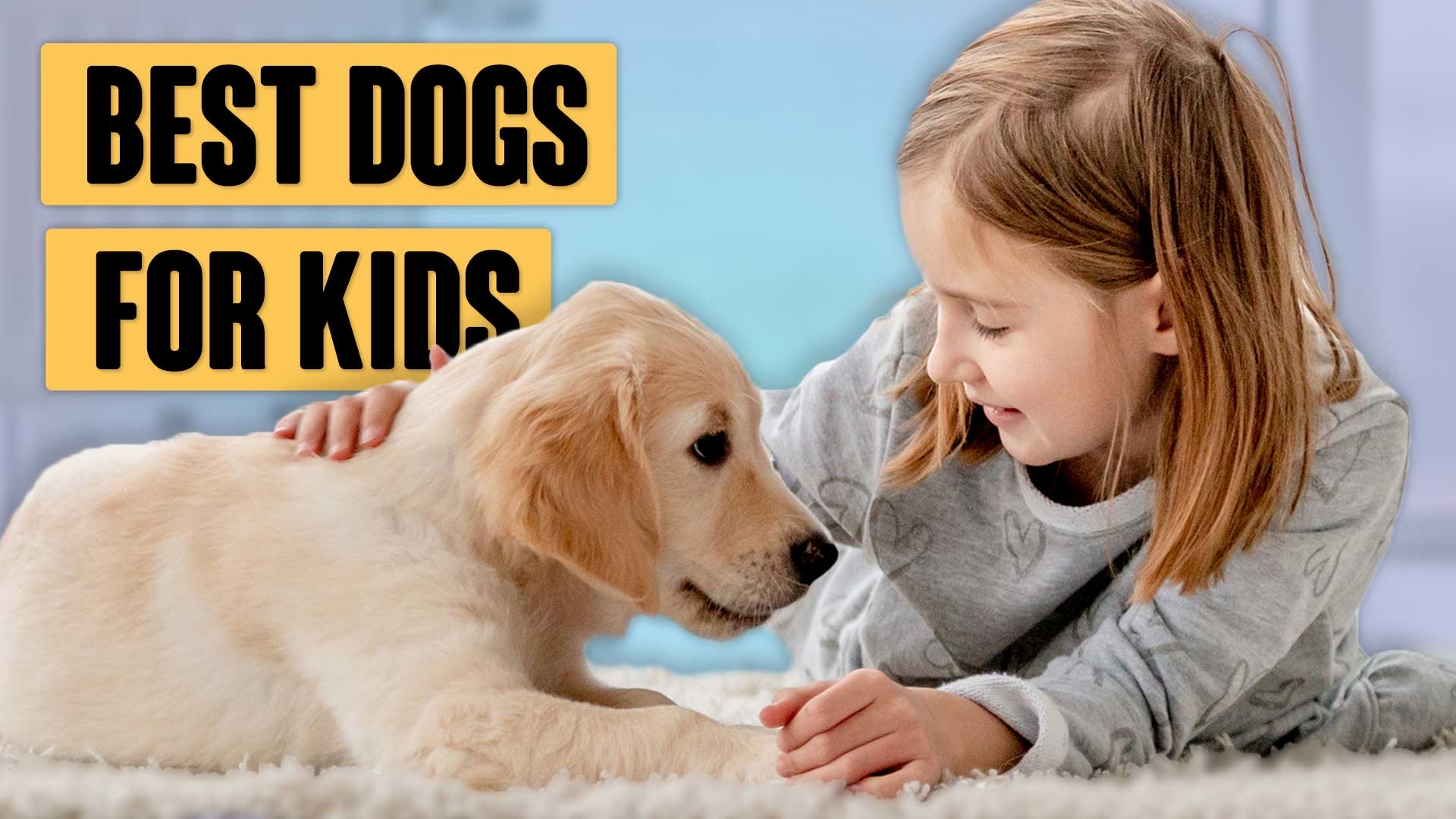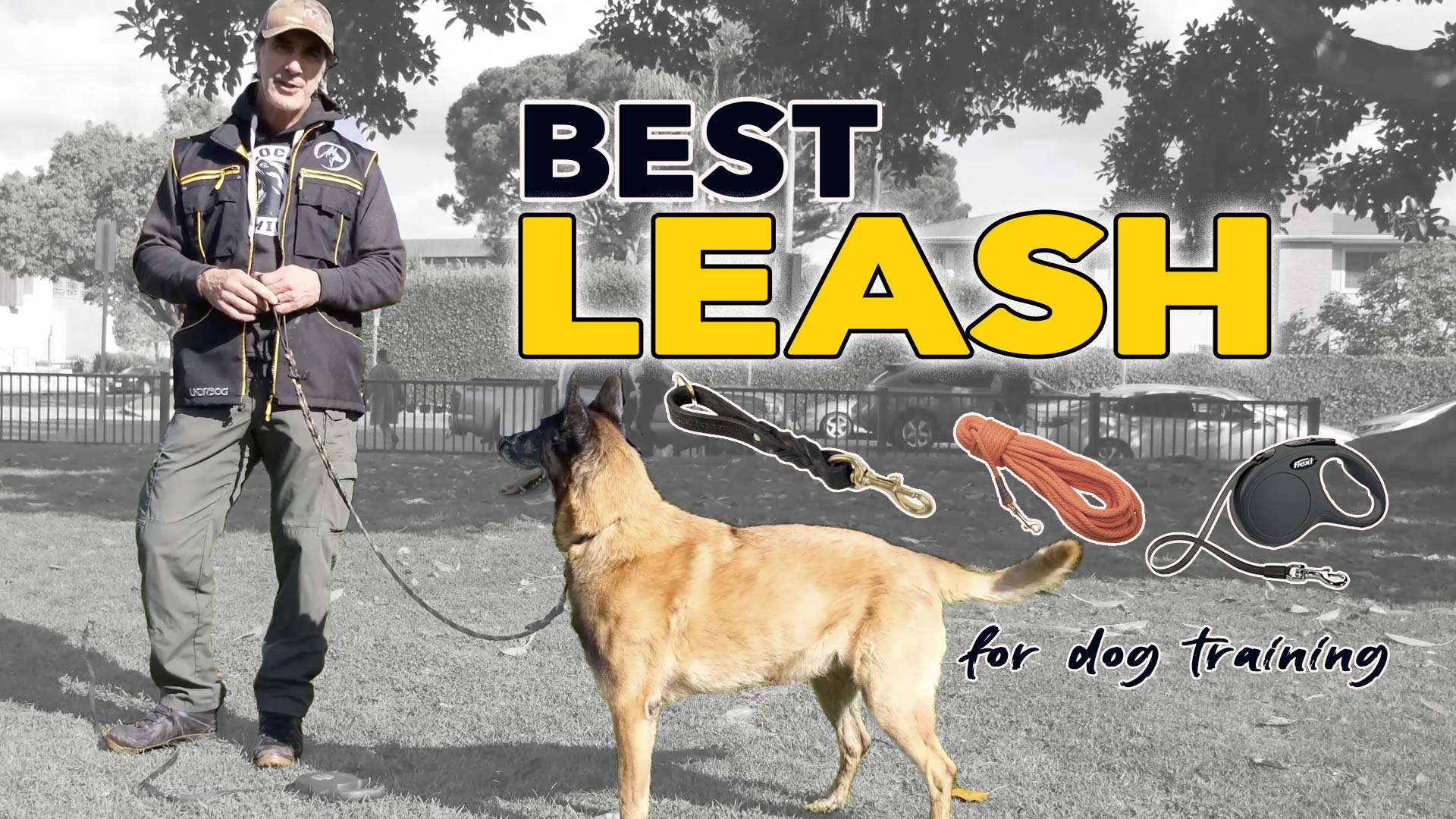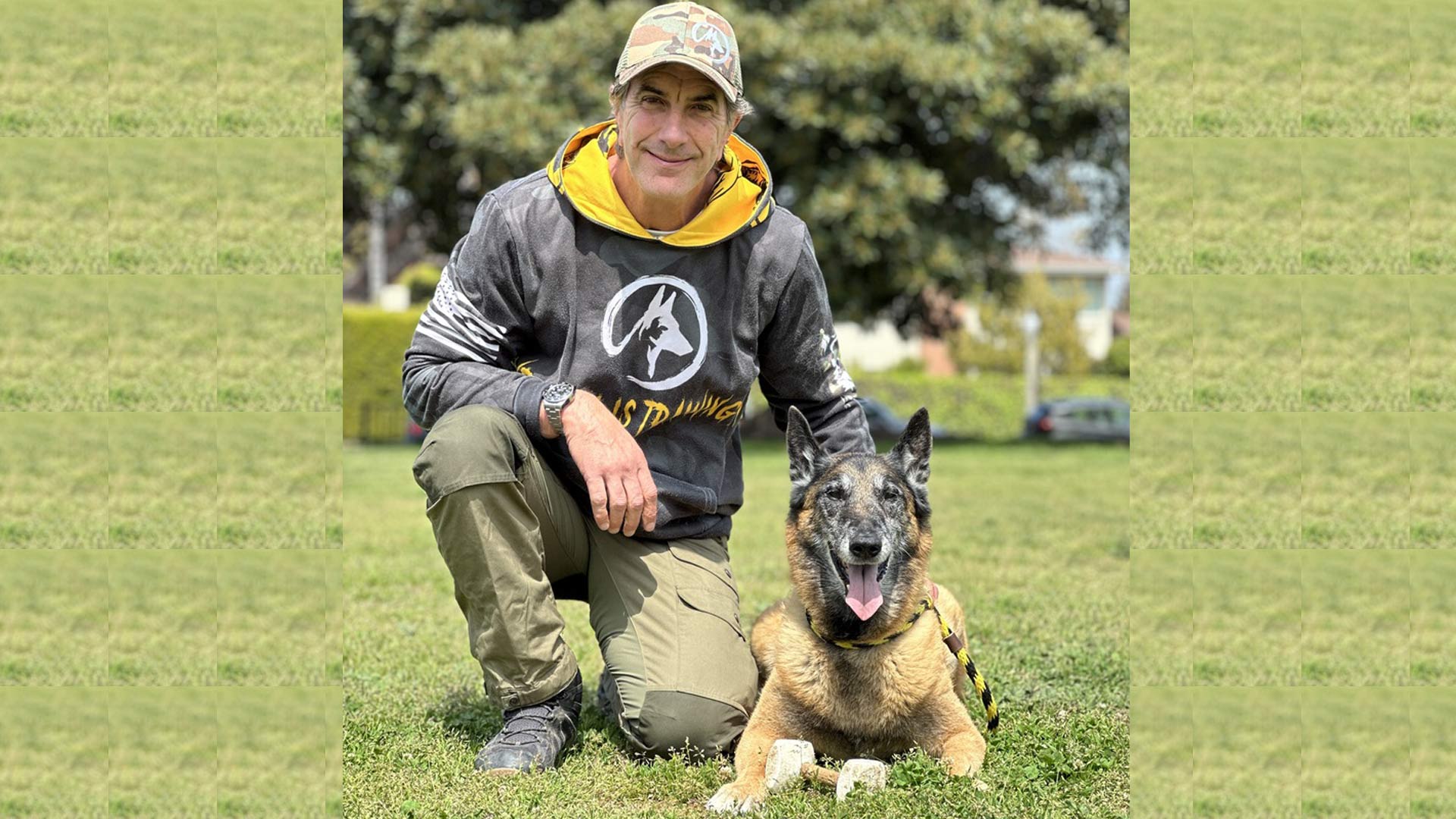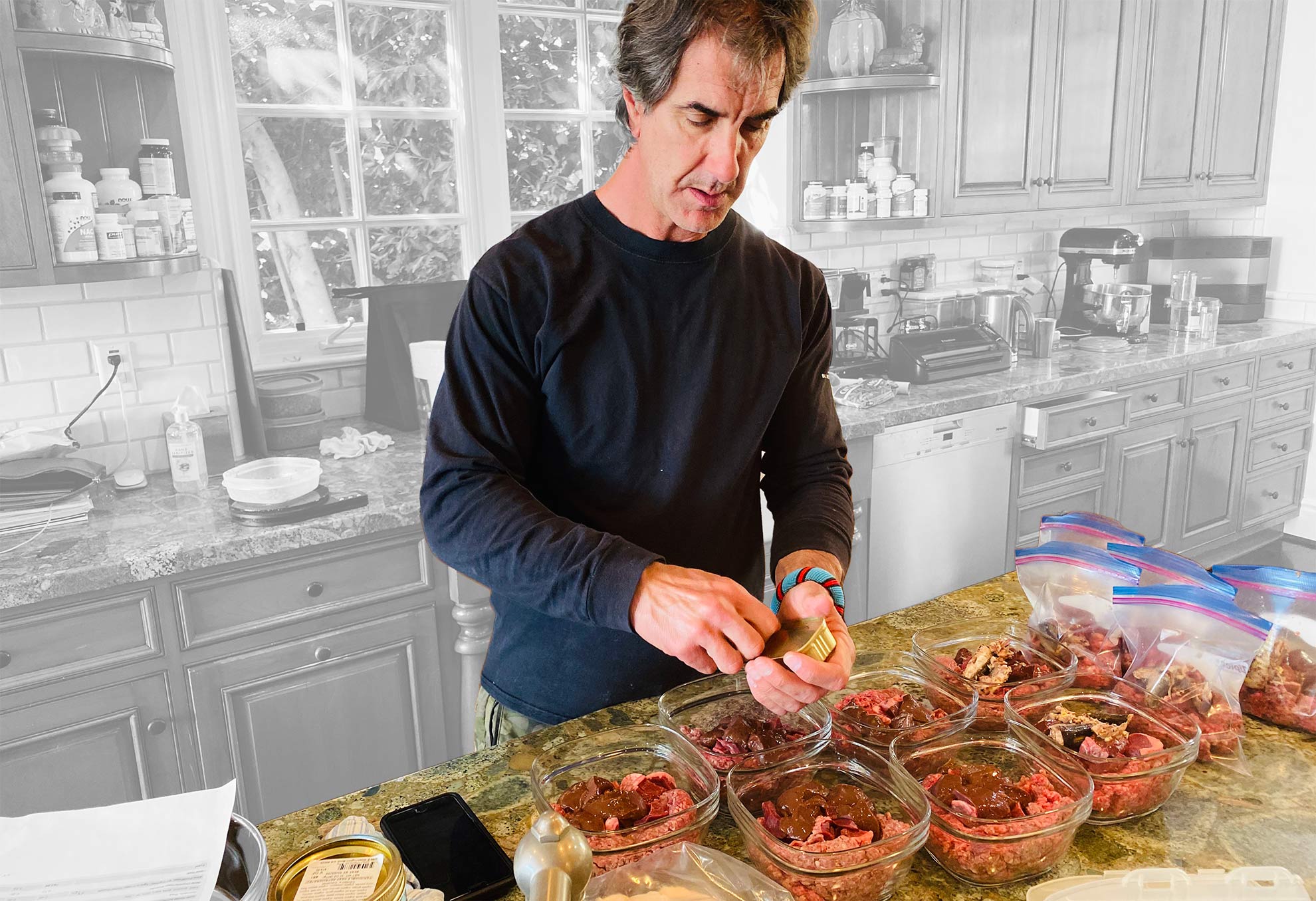Socialization is the way a dog sees the world, and in short – a dog needs proper socialization in order to thrive in a human world. A dog with good socialization sees the world as a fun and safe place. He sees people as friends and other dogs pose no threat to him. He is indifferent to sounds and things around him and enjoys his life and the person he calls his. On the other hand there are those dogs that are afraid of everything and everyone, they think other dogs threaten them or they feel they must threaten them, strange sounds scare them into regression or aggression and they are threatened by almost everything. Although there are rare exceptions, most dogs that are fearful or threatening to others are poorly socialized. The rare exception are the dogs whose DNA is just naturally nervy, but these are the exceptions.
Poorly socialized dogs, which I would like to focus on here, are dogs that weren’t taught proper skills by their humans. The most important time to teach these skills is when a dog is young, preferably under 6 months old (best when still 8-16 weeks). It is during this time that we can imprint on a dog’s mind the fact that he is safe in all situations with us and that there is no need to act out. We teach this by exposing our puppy to many stimuli in a non-threatening manner. To do this we play with our dog around other people, kids and other dogs as well as different sounds, sights, smells and textures. We feed our dogs where there are loud sounds and cars and different textures on their feet. We use treats, toys and praise to make the world a very happy place for our dog. The number one goal is to teach our dog is that we are the focus of their lives, and keeping their focus on us, will keep them safe.
See: online dog training
Since it is preferable to do this when a puppy is young, I want to explain this in a manner that can also be used by people who may be training a rescue dog or an older dog that may or may not have ever learned proper socialization. The drill is very much the same; except we need to overcome some of the bad habits the dog may have learned. It could be that a dog is dog reactive because, at some point they were bitten while on a leash with their human, or someone coming close stepped on their foot and hurt them. There are a million reasons a dog can be reactive, shy, scared, fearful, dominant or a host of other emotions. The key thing to focus on is NOT “What made him like this,” but instead “What can we do to teach him NOT to be like this.” The key to doing this is to build trust, and trust can only be built upon a relationship with someone the dog trusts.
Socialization is something that should be done as a second part of training. The very first thing we want to do is have a solid relationship with our dog. The reason this is so important is that we want our dog to know and understand that we are the safety factor in our dog’s life. WE will protect him and he should always turn to us if he is confused or scared. If a dog can do this, he will never have any problems. Even though the world can be a very scary place, by giving our dog a safe-zone he can differ that fear and know he’s safe. The easiest way to do this in the initial phases (whether the dog is a puppy or a grown dog) is to engage our dog in a way that shows him that we are in control and that we have only his best interest at heart. One of the best things to do this is start with food. Hand feeding gives a dog an instinctual relationship bond with us. If this is not an option, using treats and play sessions – such as tug, builds a bond between us. Everything in the dog kingdom revolves around 3 basic things, EAT, HAVE FUN, and DON’T GET KILLED. And remember, eating goes hand in hand with the last one. So it boils down to two things: HAVE FUN and DON’T GET KILLED! If we can turn our dog’s insecurities into a safe-zone, and nothing bad ever happens in our presence, we’re on the road to success.
We will need to address blocking bad behaviors, but not just yet. Right now it is most important that our dogs learn to feel safe with us. That entire concept changes the way the dog sees the world. If your dog is afraid of doorways, get him to walk up to a doorway and reward him. If he’s afraid of gravel, move him toward the gravel and eventually onto the gravel in a motivated way and REWARD him. Do not drag your dog to the gravel no matter how tempting it may be or how frustrated you get. He needs to get there on his own. You have to be your dog’s cheerleader, and although that may sound and look a bit weird – it’s what you have to do. Forcing a dog early on to prove to him he shouldn’t be afraid destroys the relationship and does no good to build his confidence.
In order to prevent bad things from happening, I make the entire process about me. So, if my dog is shy of other people, I DO NOT allow other people to give my dog treats – not yet! What I want to do is give my dog treats while there are other people around. The reason for this is that me giving my dog treats has no risk of backfiring. If a stranger is giving my dog treats it can confuse the dog. He’s afraid of the person yet that person has something he wants. What happens then (I’ve seen it on several occasions) is the person pulls the treat back and asks the dog to SIT; now the dog is challenged by someone he is leery of to start with. Instead, I will feed my dog small bites of treats while moving around another person or people. The person has no responsibility except not to bother my dog. I can watch the dog’s body language and see the dog get more and more comfortable as the days progress. As the dog gets more and more comfortable, I can THEN ask the stranger(s) to just hand the dog a treat. All the while I can encourage my dog. As I mentioned in a previous articles it’s not that important for me that my dog love other people and other dogs, it is important that he accept that there are other people and dogs in the world.
In training and in socialization my primary goal is to know my dog’s threshold and work around that. I don’t want to force him past his threshold and cause him too much stress, but once I have a good relationship with my dog, I do want to challenge his limits and ask him to exceed them. Just like a good coach pushes his athletes without hurting them, I too want to push my dog for success.
If I am dealing with a dog that has bad manners, for example aggression toward other dogs due to poor socialization, I need to address that too. In short, if a dog is fearful, I need to build his confidence — if a dog is dominant, I need to block that dominance. But in either case I want to prevent any bad situation from escalating. So, if my dog is reactive to other dogs, it’s best to keep him at a safe distance from the other dog, that is done for the benefit and safety of both dogs. If your dog is afraid of other dogs and another dog approaches him and reacts or bites him, you have a heck of a lot of work to do to “un-do” the damage. It’s best that you show your dog that there is nothing to be afraid of. Before you begin taking your dog into these type environments, make sure that you have a relationship with him and that he understands some basic obedience. I also teach a “leave it” command. So when I say LEAVE IT, I expect my dog to do that. You can teach that using a toy or treat and just drop it on the ground. When your dog goes for it, say LEAVE IT and prevent him from getting to it. Then reward him with something else. Do this a few times and the dog will understand that LEAVING IT brings a reward. For that reason always carry some treats that you can give after saying leave it.
If your dog understands LEAVE IT, then you can get your dog at a safe distance to that which stimulates him – be it a person, bike, dog or whatever. When your dog goes for it, say LEAVE IT and make sure he does. If he doesn’t you will have to block his attempt; this can be easily done by simply going in another direction. He should be wearing a suitable collar and his body will follow. As soon as he does, reward him. Then re-visit that what was stimulating him. If he leaves it, you can stop there and reward him. If not, redirect him back to you and THEN reward him. The key thing is that your dog is always rewarded for doing the right thing. He should not be PUNISHED for doing the wrong thing; instead I believe a correction should always move a dog into the direction of REWARD.
Teaching socialization is best done as a game because dogs learn best in that mode. For example to get a dog not to be reactive around other people or dogs, I use a toy tucked under my arm. As I walk around the other people or dogs I get my dog’s attention on that toy and then use mild collar corrections to keep his focus. Once he has that focus I can stop and reward him with a game of tug. If a dog is fearful of something he may look to avoid or become very skittish. If this is the case, find the distance that makes him comfortable and bring him closer over a period of time. Do not attempt to walk your dog up to something that he is afraid of and explain to him that he shouldn’t be afraid. He will NOT understand this. Develop a solid relationship with your dog and be strong, be fun and be neutral. Do not get emotional and yell at your dog. If you need to correct him, do that – do not yell at him or use emotions where you should be neutral.
NEVER yell at a dog when you give a correction – this will only confuse and frustrate the dog.
Another important aspect is that YOU need to teach your dog socialization. Handing him off to a trainer or a board and train facility is not the correct way. Dogs have different relationships with different people. A good trainer will work with you and your dog to teach you how to teach your dog. A trainer that grabs the leash and makes your dog do what he want’s him to do is not helping you or your dog. YOU have to learn how to build the best relationship with your dog. This might not be easy, but it is the best way to help your dog.
Remember that socialization is a very important part of dog ownership, and poor socialization is a death sentence for dogs. Our nation’s shelters are filled with dogs that have poor socialization and improper training. Teaching your dog is a process, not a one-time exercise. If your dog doesn’t understand, he has to learn. You can’t explain to him that he shouldn’t be afraid – you have to show him that there is nothing to be afraid of. He is your dog and your responsibility. If you love him as much as he loves you then you will commit the work and time it takes.
The key to successful dog training is Patience and Repetition…
When looking at the amount of time necessary I’d like to stress that most training should be done in short durations. When it comes to socialization exercises, keep it short and always end on a good note. I would allow a maximum of 10-20 minutes per session and ALWAYS end on a good note. For example when I work with a dog that has dog aggression, I NEVER end the session with the dog lunging at another dog. I will always try to get the dog at a distance and in a situation where he sees another dog and HE (my dog) walks away and gets a reward. If I allow my dog to see me remove the other dog, chances are my dog will see that his insecurity or dominance was correct. He needs to learn that his good behavior is what I am looking for, and only then will the session end. Putting him away or ending the session when his fearful, dominant or avoidant is the imprint that will stick with him – and that’s not what we want.
I want my dog to end with the imprint – “That was fun, nothing bad happened, I can’t wait to do this again.”


